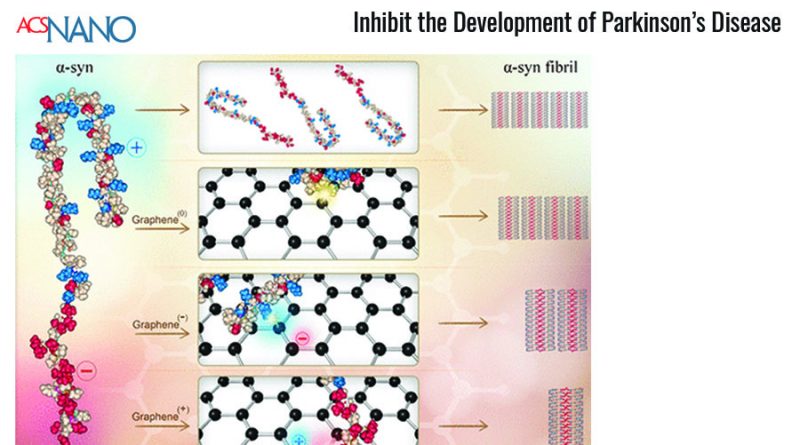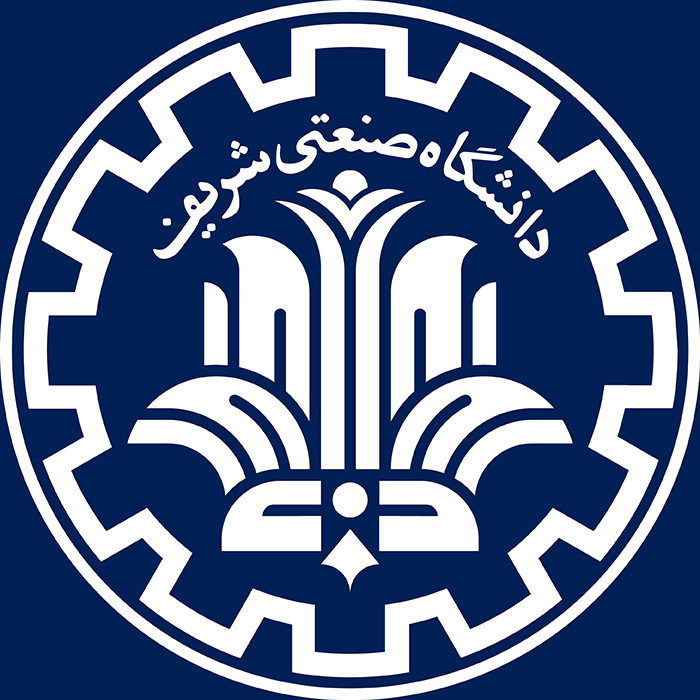
In a research project jointly pursued by the scientists and researchers of Sharif University of Technology, Aarhus University (Denmark), Lorestan University (Iran), Freie University Berlin (Germany), Institute for Research in Fundamental Sciences (IPM) (Iran), Karolinska Institutet (Sweden), Tehran University of Medical Sciences (Iran), Bushehr University of Medical Sciences (Iran) and Harvard Medical School (USA) Nanopaticles are investigated for their use as inhibitors and treatments of Parkinson’s Disease (PD). Aggregation of the natively unfolded protein α-synuclein is recognized for its key role in the development of PD. In this research, simulation strategies are used to show that α-syn self-assembly is electrostatically driven. Dimerization by head-to-head monomer contact is triggered by dipole–dipole interactions and subsequently stabilized by van der Waals interactions and hydrogen bonds. Therefore, it is hypothesized that charged nano-objects could interfere with this process and thus prevent α-syn fibrillation. In the simulations, positively and negatively charged graphene sheets or superparamagnetic iron oxide NPs first interacted with α-syn’s N/C terminally charged residues and then with hydrophobic residues in the non-amyloid-β component (61–95) region. In the experimental setup, it was demonstrated that the charged nano-objects have the capacity not only to strongly inhibit α-syn fibrillation (both nucleation and elongation) but also to disaggregate the mature fibrils. Through the α-syn fibrillation process, the charged nano-objects induced the formation of off-pathway oligomers.
Mohammad Reza Ejtehadi, Professor at the Department of Physics of SUT, and his Ph.D student Atiyeh (Najla) Hosseini from The Institute for Nanoscience and Nanotechnology at Sharif University of Technology, have contributed to the work with the computational part of the project. The team has published the result of their work with the title of “Mechanistic Understanding of the Interactions between Nano-Objects with Different Surface Properties and α-Synuclein” in ACS Nano, an international forum for the communication of comprehensive articles on nanoscience and nanotechnology research at the interfaces of chemistry, biology, materials science, physics, and engineering. Prof. Ejtehadi’s research interests include Soft condensed matter, Biological Physics, Computational Physics, and Complex Systems and currently with his group is researching theoretical and/or computational studies on protein folding, DNA elasticity, liquid crystal, anisotropic coarse-grained interaction models and DNA translocation through Nanopores. To get familiar with Prof. Ejtehadi’s research plan you might like to visit his group at http://softmatter.physics.sharif.ir
Keywords:
Electrostatic Interaction; Fibrillation; Graphene; Parkinson’s Disease; Superparamagnetic Iron Oxide Nanoparticles; α-synuclein;
Reference:
ACS Nano, 2019, 13 (3), pp 3243–3256
DOI: 10.1021/acsnano.8b08983
